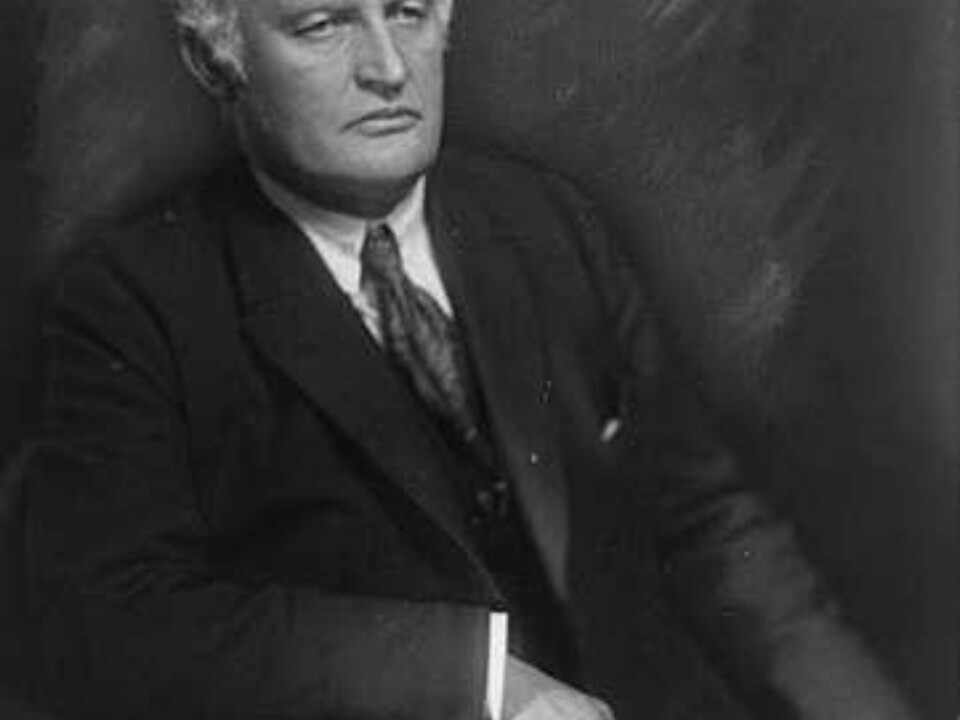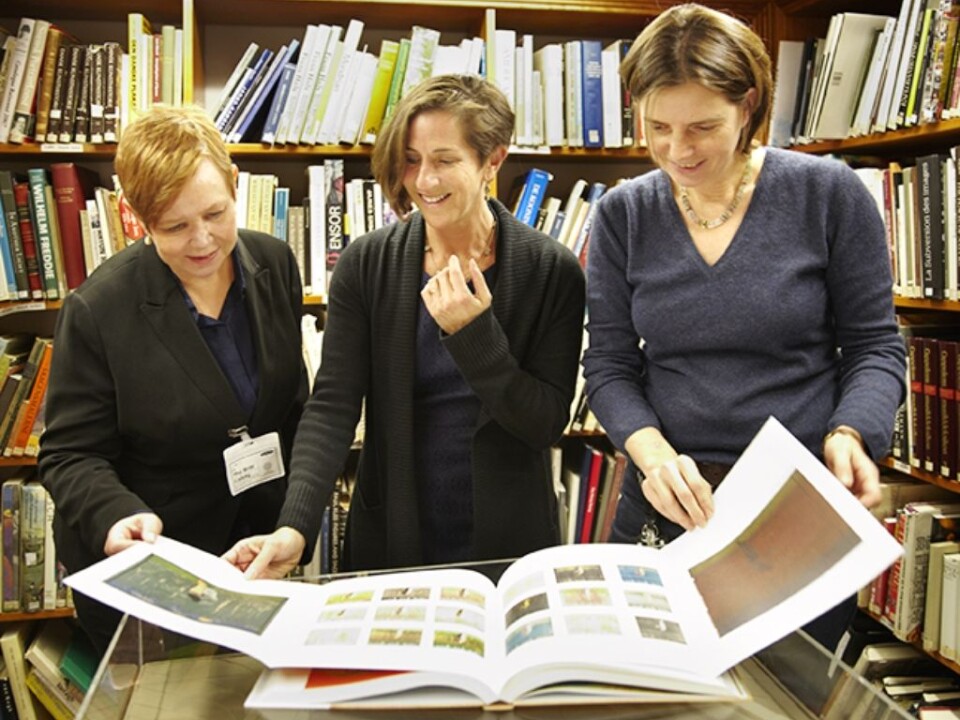An article from University of Oslo

Munch was his own art disseminator
Edvard Munch used the media and contemporary methods to disseminate his work. He was a modern man of his time, says art professor.
Denne artikkelen er over ti år gammel og kan inneholde utdatert informasjon.
The Norwegian artist, Edvard Munch, is often perceived as an isolated man who was most concerned with suffering and death.
But the American art professor and Munch connoisseur, Patricia G. Berman, believes that Munch’s printmaking should also be viewed as part of the artist’s well-developed sense of communication.
"Munch has often been categorised as being outside the mainstreams of art, but he was an active participant in the cultural life of his day," says Berman, who is part of the project Munch and Modernity at the University of Oslo (UiO).
"If we cleave to the image of Munch as a lone wolf, we miss out on other interesting aspects of his art," she says.
No isolated man

Munch possessed a strong will to communicate with the surrounding world – not simply through his works, but also through broader channels that had appeared with the onset of modernity.
The professor describes how the artist was among other things a close friend of journalists, and also wrote newspaper articles himself.
"He was quite simply a very modern man for his time," she says.
Munch only collaborated with two art dealers during his entire lifetime. He generally acted as his own agent and had a strong vision of how his work should be disseminated.
Strategic and experimental

Munch travelled a great deal, and was continually learning from various encounters and impressions. Between the 1880s and 1900, Munch lived partly in Berlin and Paris – both cities where the artists of the day received government support as well as private patronage from the new, emerging bourgeoisie.
Berman observes that it was in this atmosphere, too, that Munch probably realised the potential offered by the modern age for showcasing his art and bringing it to a wider public.
"He exploited the media and could also be amusing and entertaining, often through the medium of caricatures with texts commenting on the drawings," she says.
Lithographic prints were at that time becoming a highly visible means of propaganda for conveying both political and commercial messages – a quick, simple and relatively cheap form of expression.
Munch used the technique first and foremost as an artistic medium – driven by high ambitions and artistic integrity. But he also employed that same technique to communicate with a wider audience through his posters and advertisements, among other things to promote his own exhibitions.
Never ventured into commercialism
According to Berman, Munch was did not number his prints like other artists, but apparently produced them non-systematically.
"Nevertheless, he never permitted them to be produced freely but kept a tight control on the number printed. Nor did he ever venture outside the field of art to commercialise his work, as many of his colleagues subsequently did in order to earn money."
In Germany, the new methods of reproduction also led to the creation of a catalogue of all his works and the background to them. In collaboration with the artist himself.
Berman believes this opportunity to see himself and his work in retrospective must have had a considerable effect in reinforcing Munch’s already strong sense of self-awareness.
"Never before had an artist been presented in such a way at an age of just 44," she says.
































